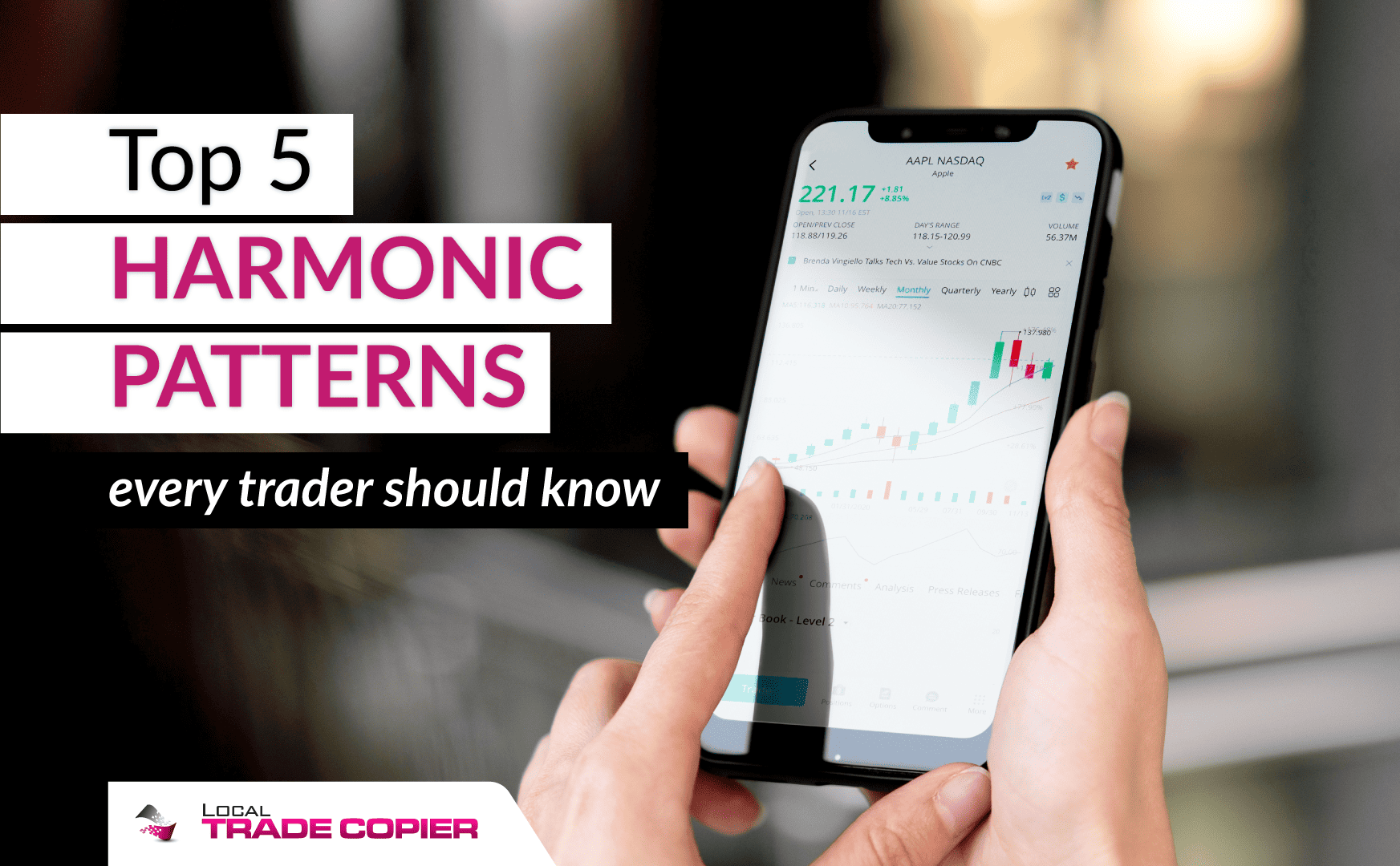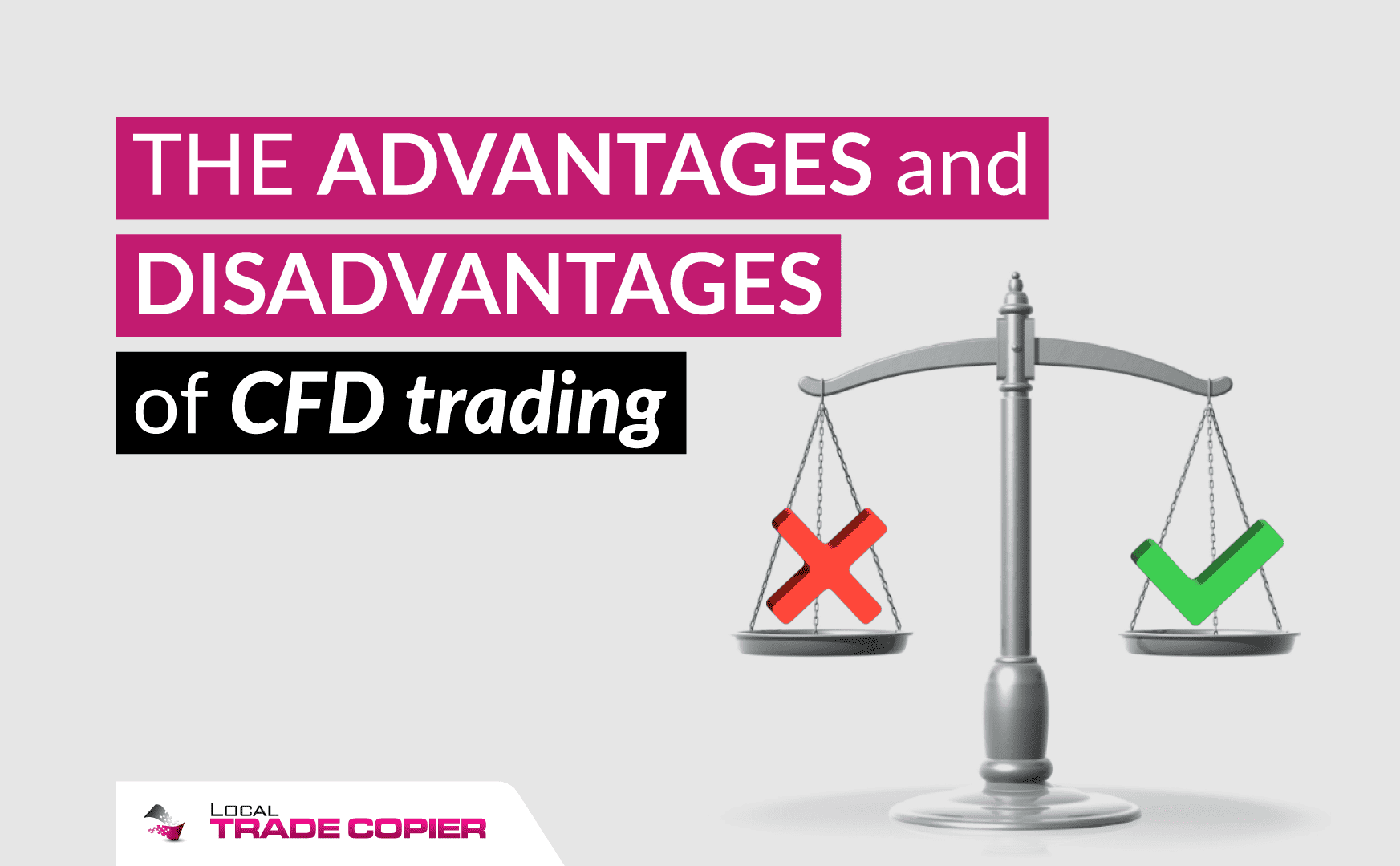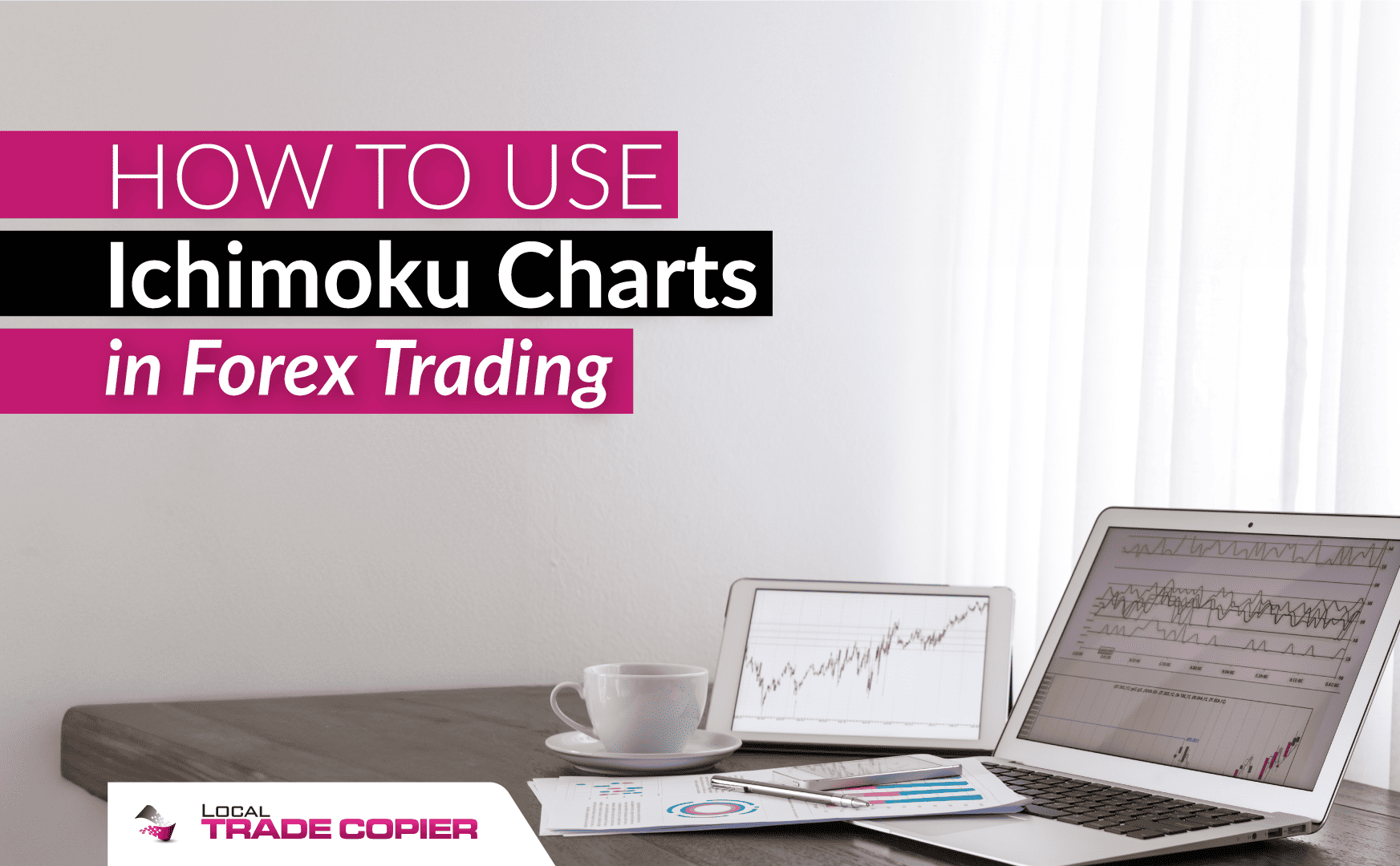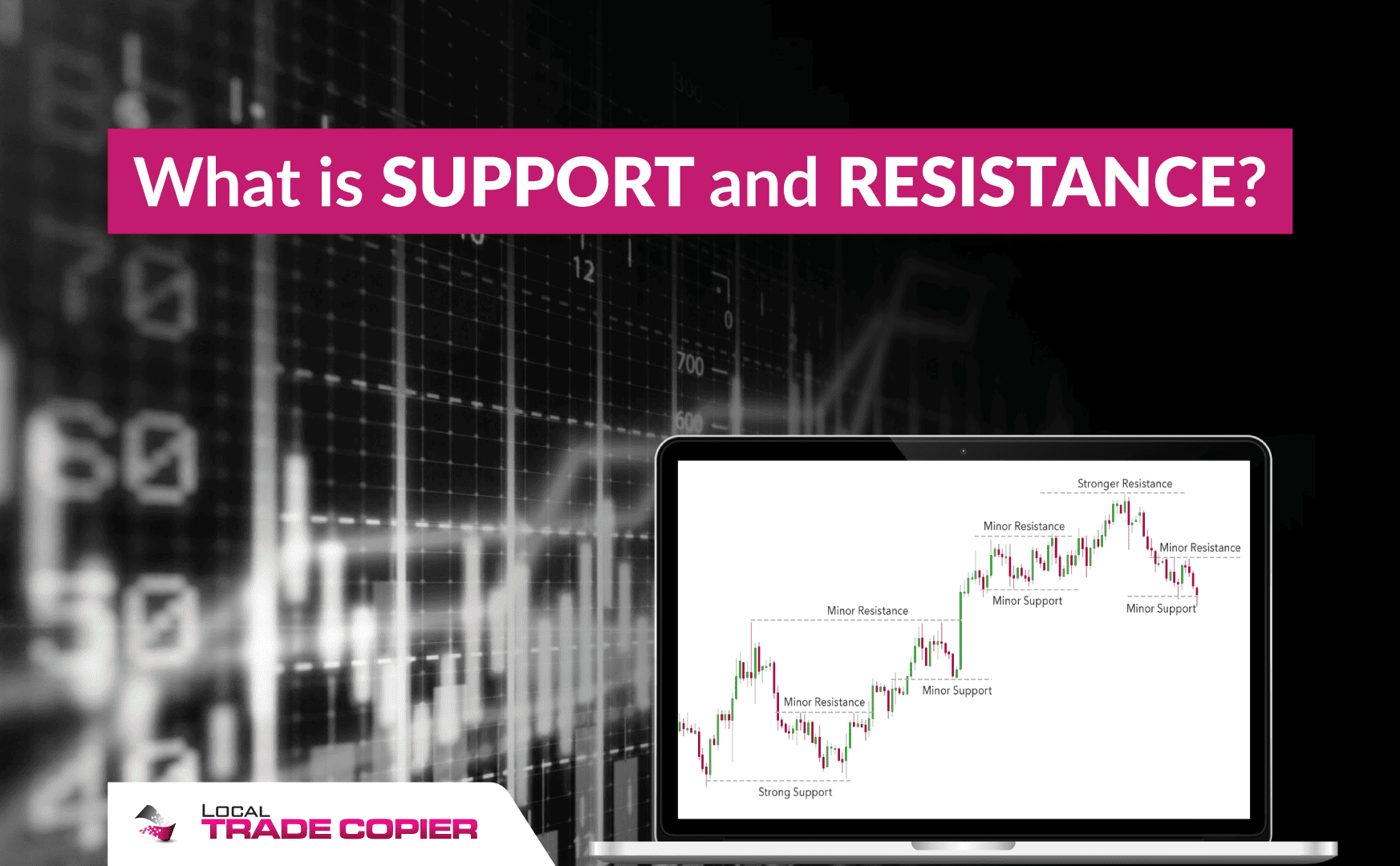Position trading represents a compelling strategy within the vast landscape of financial markets. It distinguishes itself from shorter-term trading methodologies by its focus on extended holding periods. This approach involves seizing substantial market movements over weeks, months, or even years, leveraging significant trends to maximize profit potential. Unlike day trading or swing trading, position trading minimizes the stress of constant monitoring, offering traders a more relaxed and less time-consuming path to capitalize on market shifts. In this article, we’ll delve into the intricacies of position trading, exploring its benefits, strategies, tools, challenges, and essential tips for aspiring traders aiming for long-term success.
Read More









